Description
According to Mindat, “Goethite has a hardness of 5 – 5½ and a specific gravity of 4.27 – 4.29. It was named in 1806 by Johann Georg Lenz in honor of the German poet, novelist, playwright, philosopher, politician, and geoscientist Johann Wolfgang von Goethe. Goethite is the most common simple iron oxide mineral. A weathering product of numerous iron-bearing minerals. Goethite may crystallize from a precursor – a not approved species called ‘proto-goethite’. May also form due to mineralization of lichen (Parmelia conspersa) thalli on metamorphics (e.g., gneisses), granites, feldspars. Sulfidation of goethite into mackinawite and pyrrhotite is described by Wang et al. (2015); the process is inactive in the CH4 atmosphere but is triggered by the addition of CO2.”
From Wikipedia, “Goethite is a mineral of the diaspore group, consisting of iron(III) oxide-hydroxide, specifically the α-polymorph. It is found in soil and other low-temperature environments such as sediment. Goethite has been well known since ancient times for its use as a pigment (brown ochre). Evidence has been found of its use in paint pigment samples taken from the caves of Lascaux in France. It was first described in 1806 based on samples found in the Hollertszug Mine in Herdorf, Germany… Goethite is found all over the planet, usually in the form of concretions, stalactitic formations, oolites (a form consisting of tiny round grains cemented together), reniform (kidney shapes) or botryoidal (globular, like bunches of grapes) accumulations. It is also a very common pseudomorph. It is frequently encountered in the swampy areas at the head of spring waters (‘bog iron’), on cave floors, and on the bottom of lakes and small creeks. The boxworks or gossan resulting from the oxidation of sulfide ore deposits is formed of goethite along with other iron oxides and quartz… Significant deposits of goethite are found in England; Cuba; and Minnesota, Missouri, Colorado, Alabama, Georgia, Virginia, and Tennessee, in the United States…”
Additionally, Wikipedia includes, “Its main modern use is as an iron ore, being referred to as brown iron ore. Goethite is an important component of ochre pigments, and has been heat-treated for use as a red pigment since Paleolithic times… In a royal tomb of the ancient kingdom of Phrygia, a body was found believed to be King Gordias, father of the legendary King Midas. The burial shroud had been colored with a dye containing goethite, which in its original unfaded state would have made the shroud look like it was woven from gold. Historians speculate that the legend of King Midas’ golden touch might have originated from Phrygian royalty wearing clothes made from such golden-colored textiles.”
It’s pretty fascinating to think about how our ancestors knew for millennia to look for this rock to get a brown- and red-colored pigment for clothes and painting! While you can find the rare artifact and steel tool made of iron from meteorites and the even more rare native iron, it’s puzzling to think as to why this rock was known for thousands of years yet never used for more than pigment!

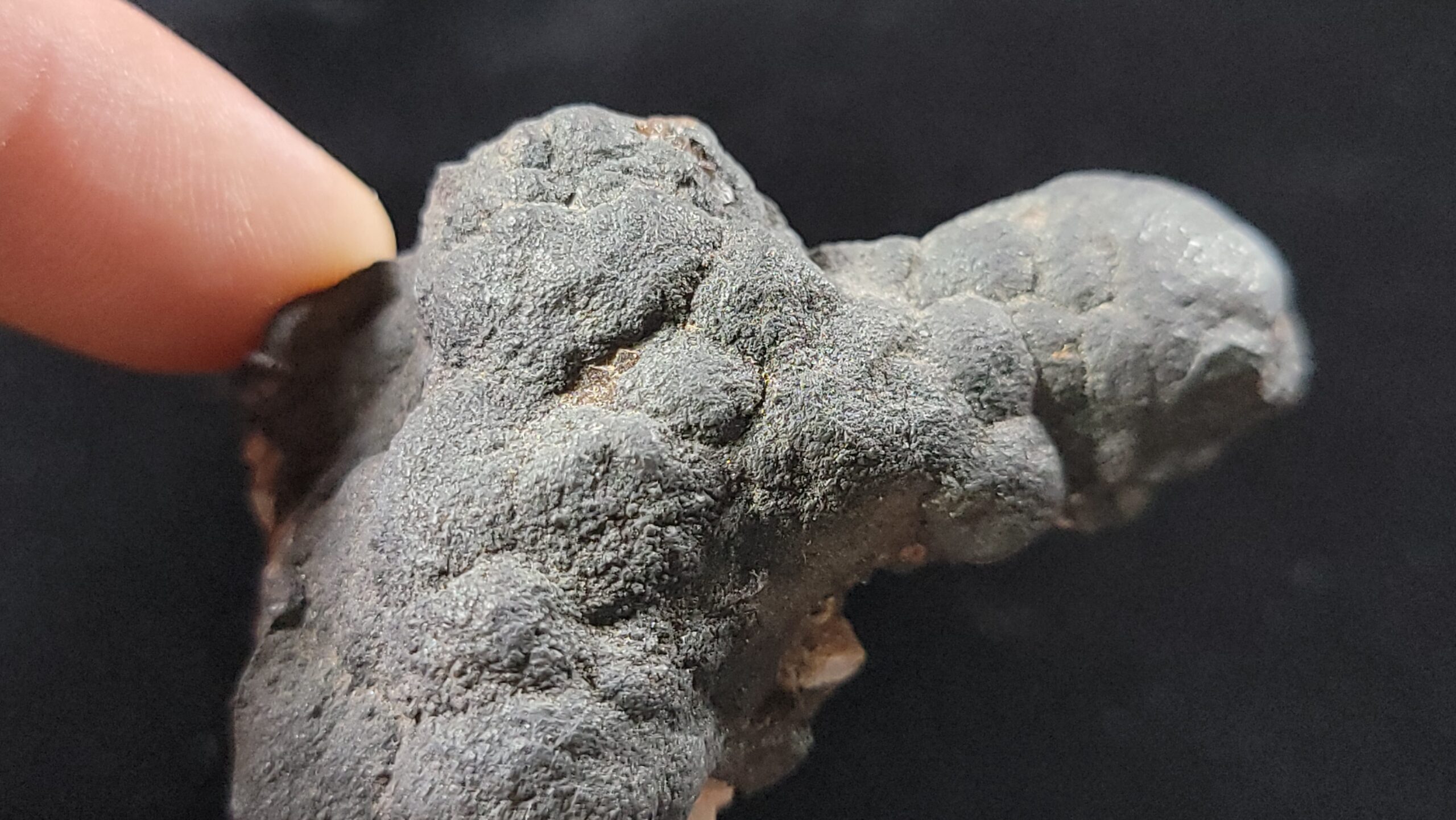
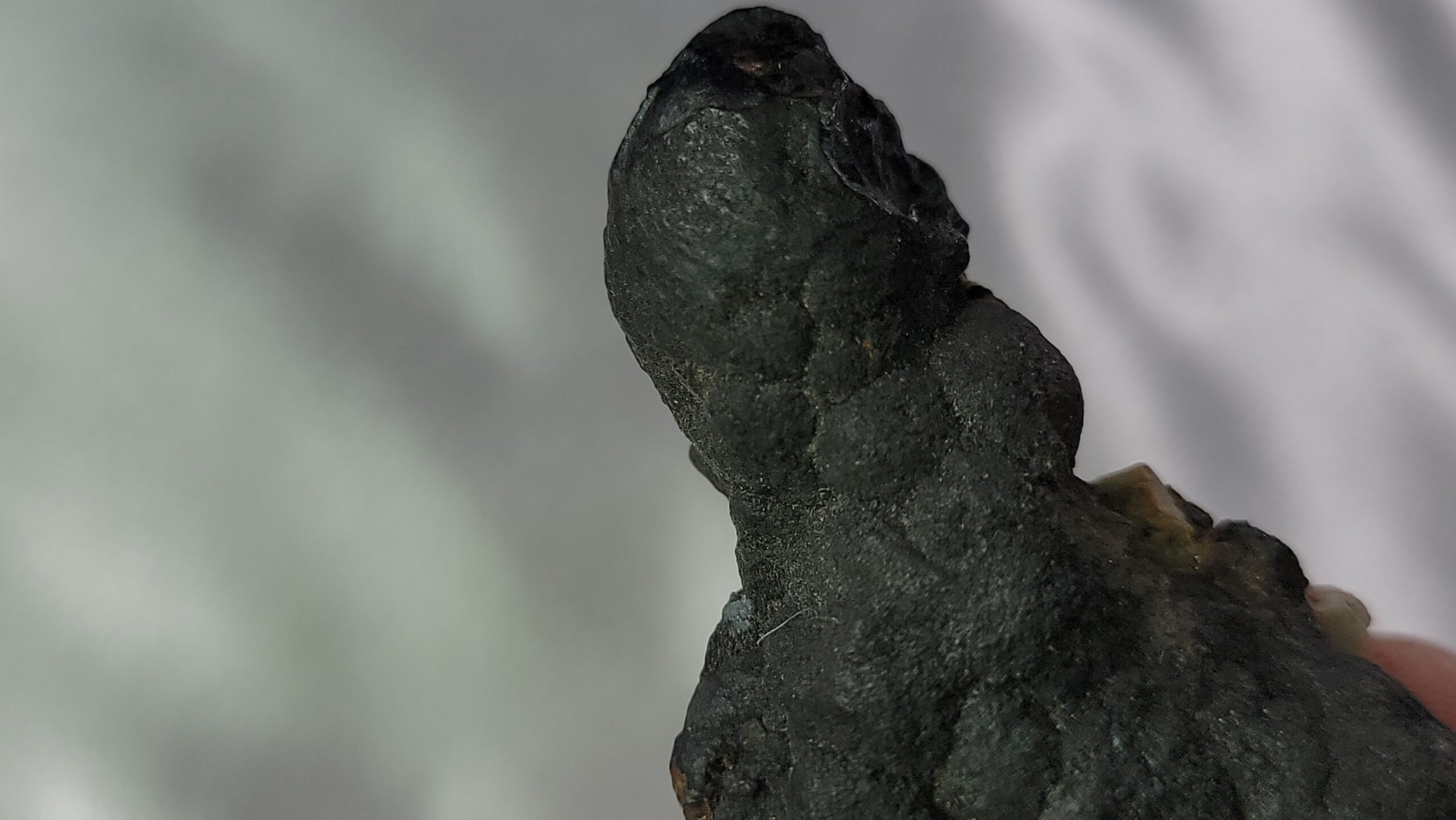

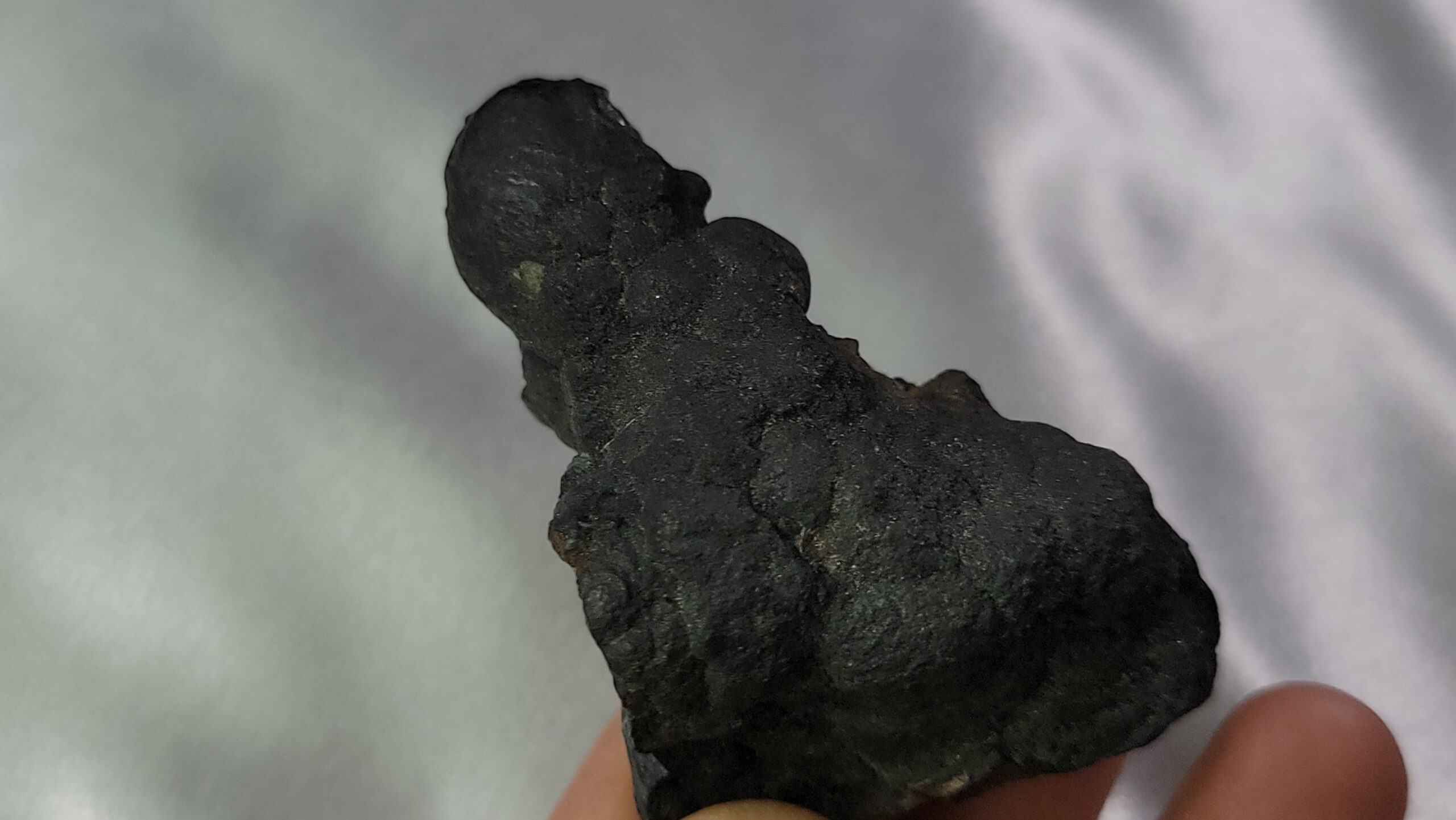
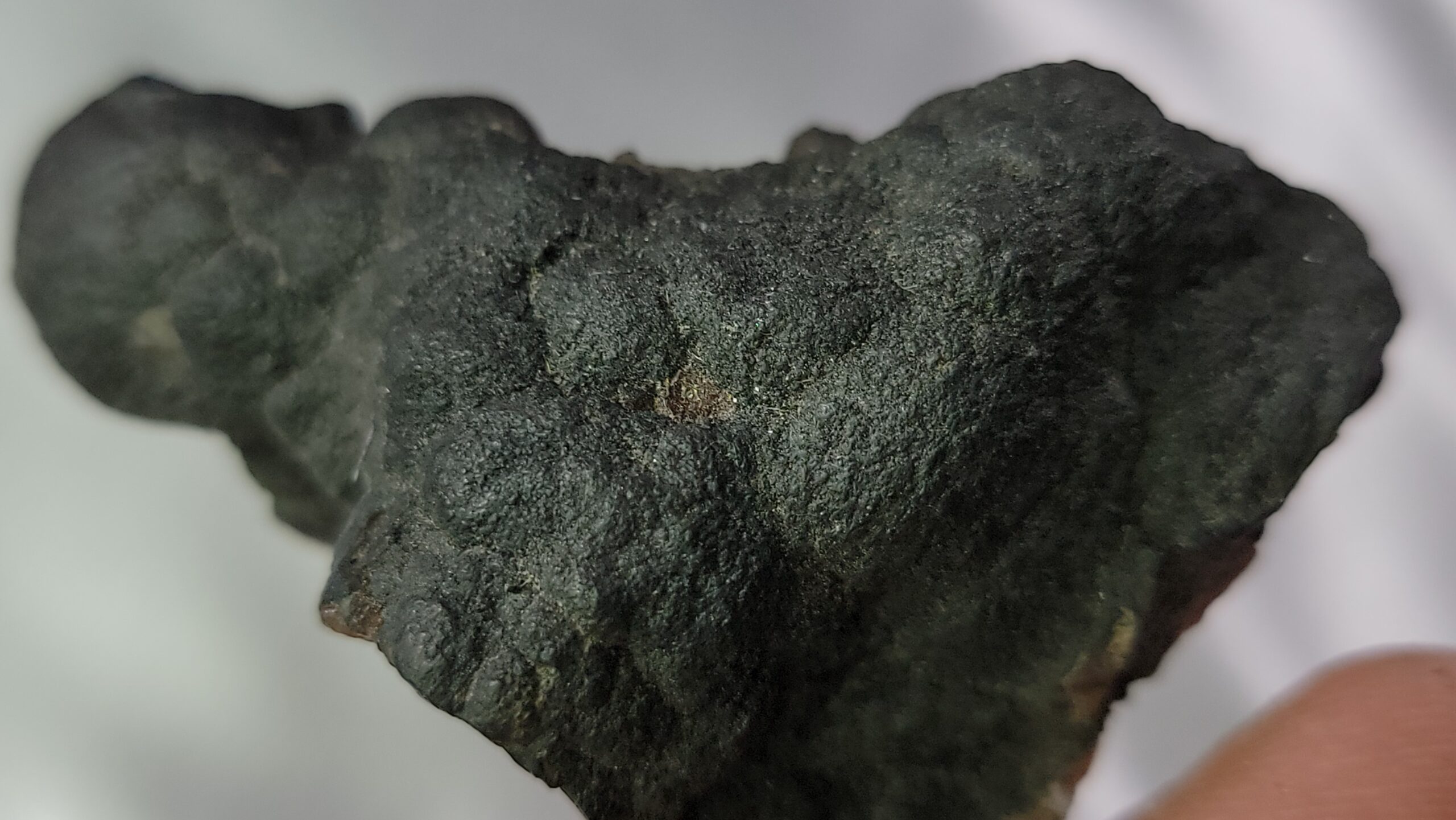
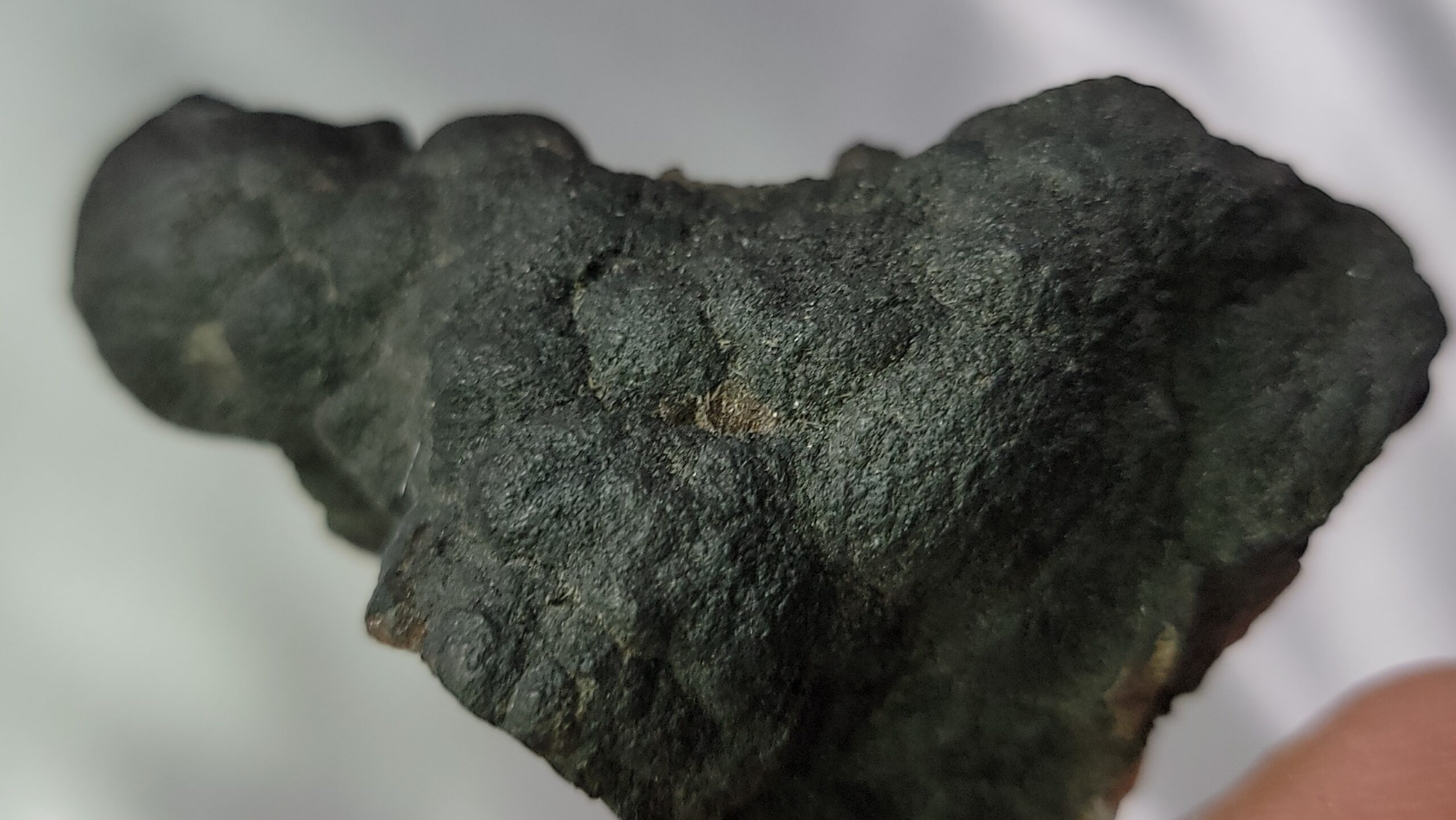

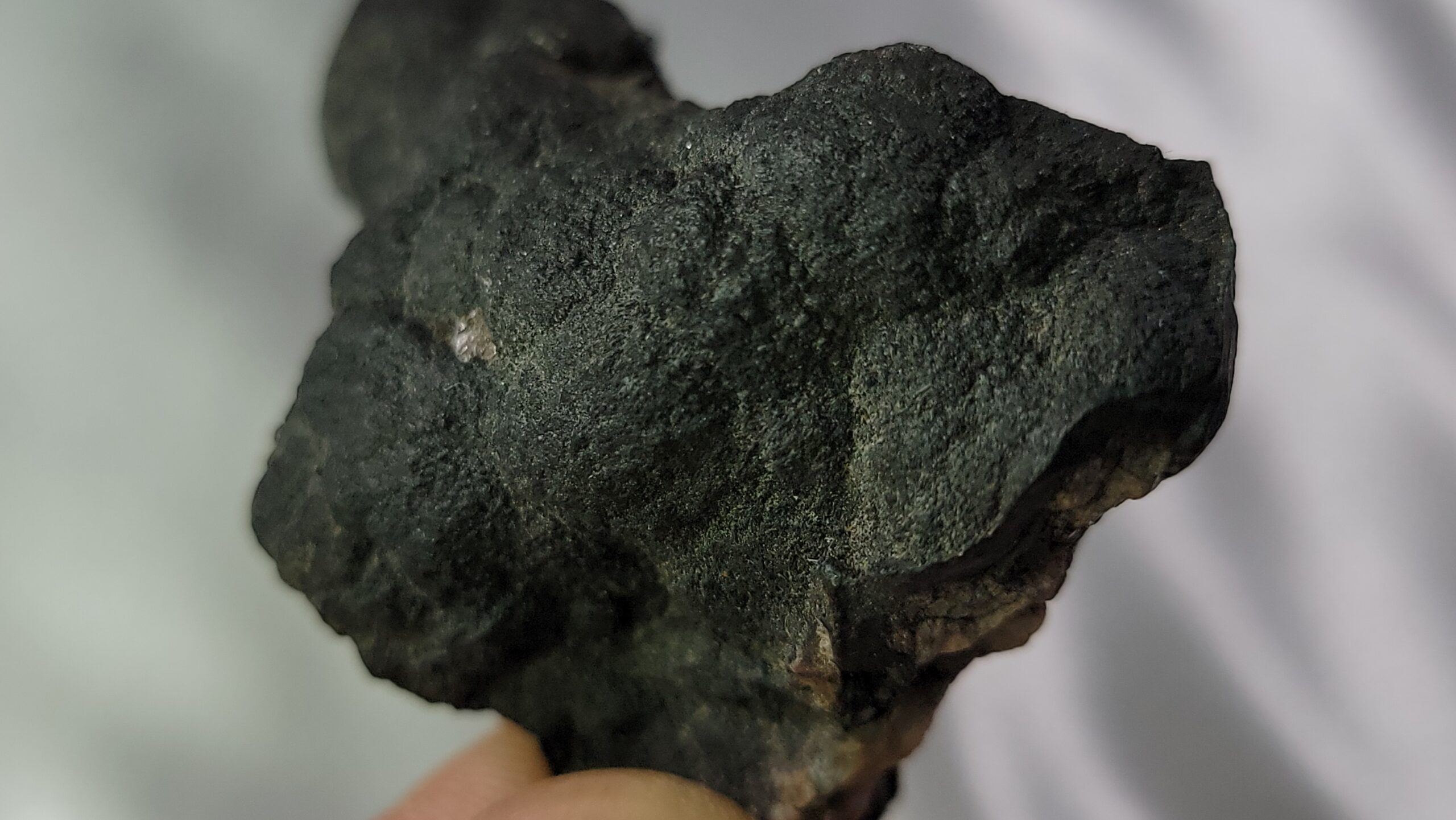
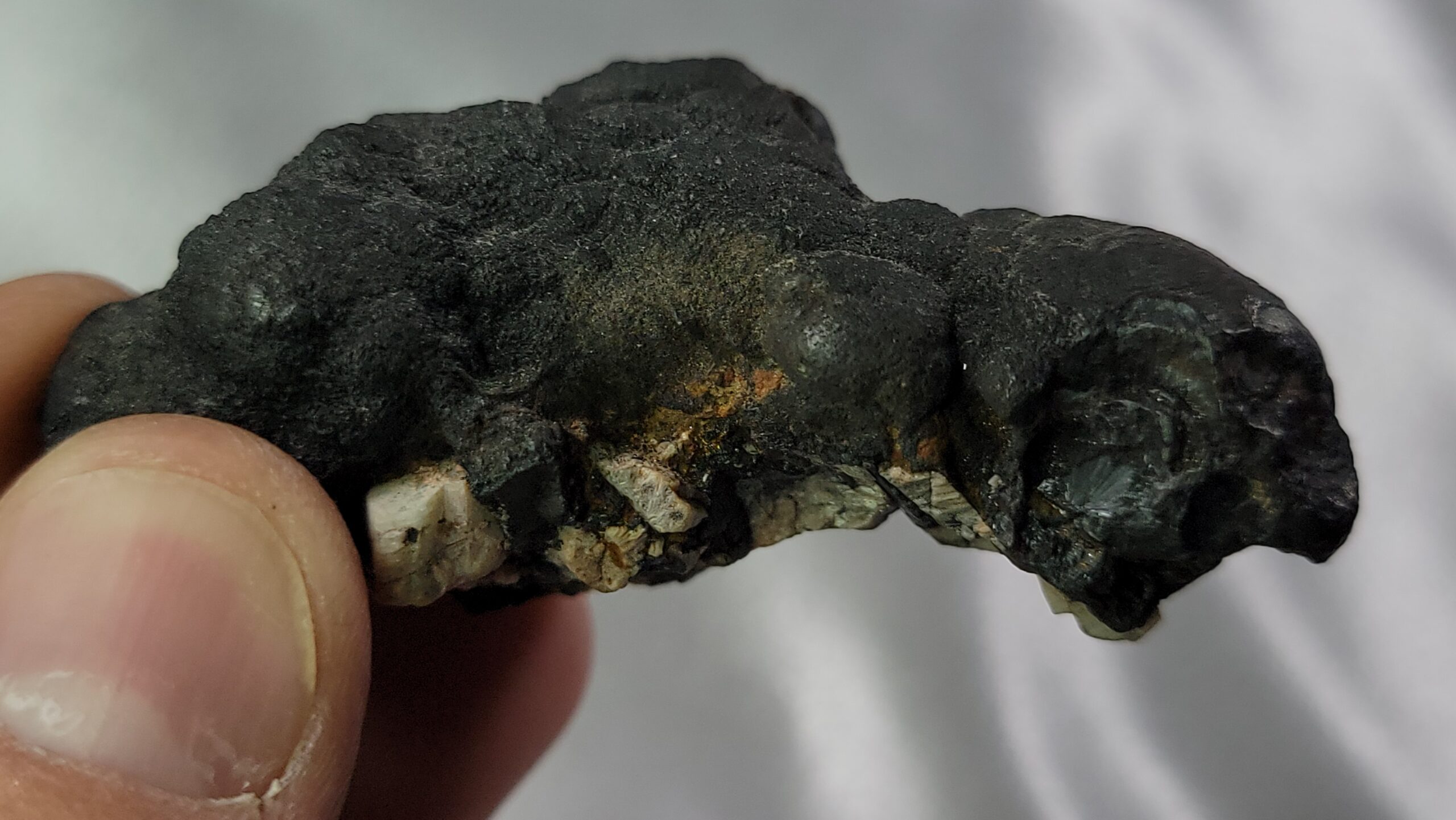

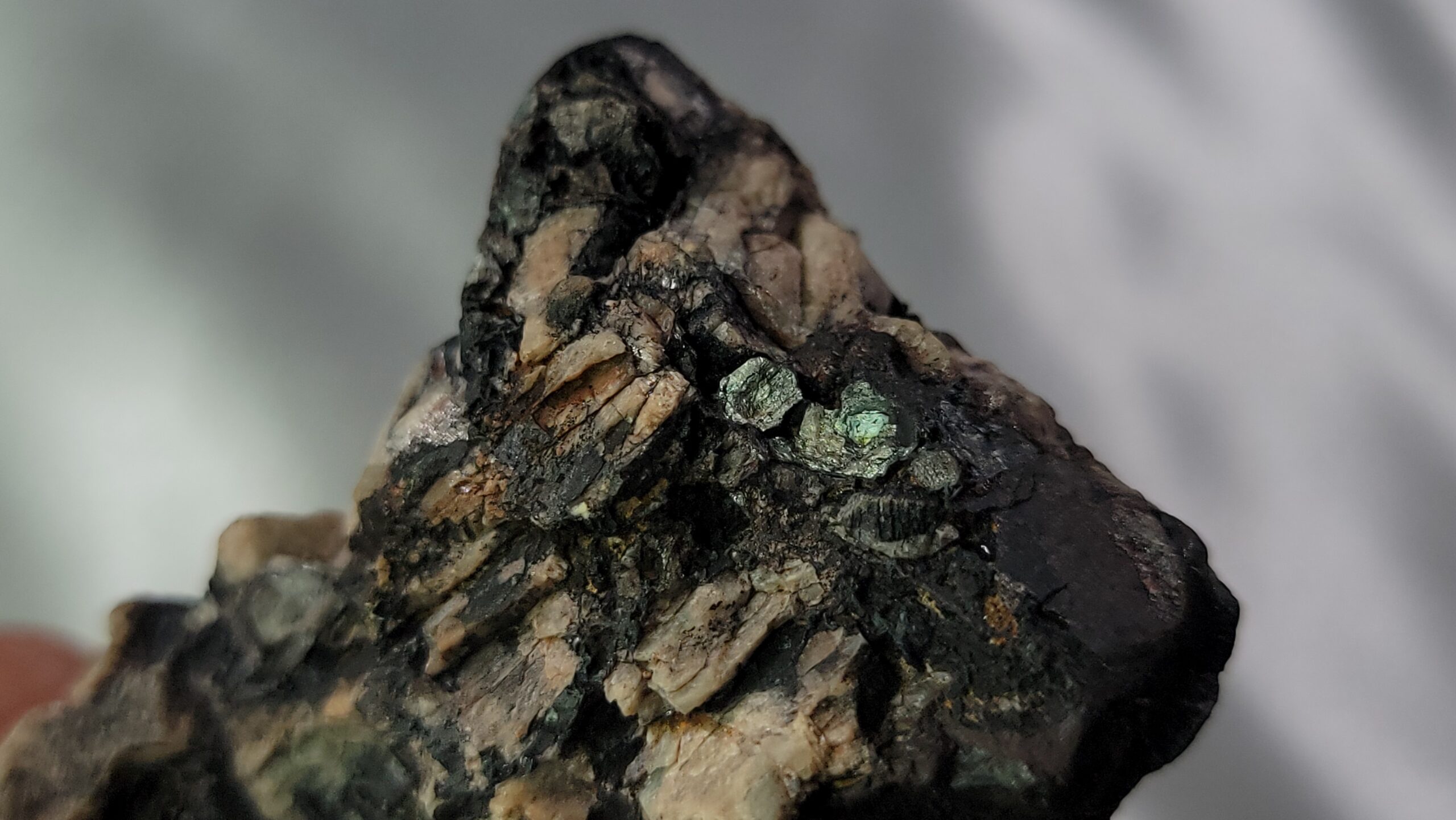

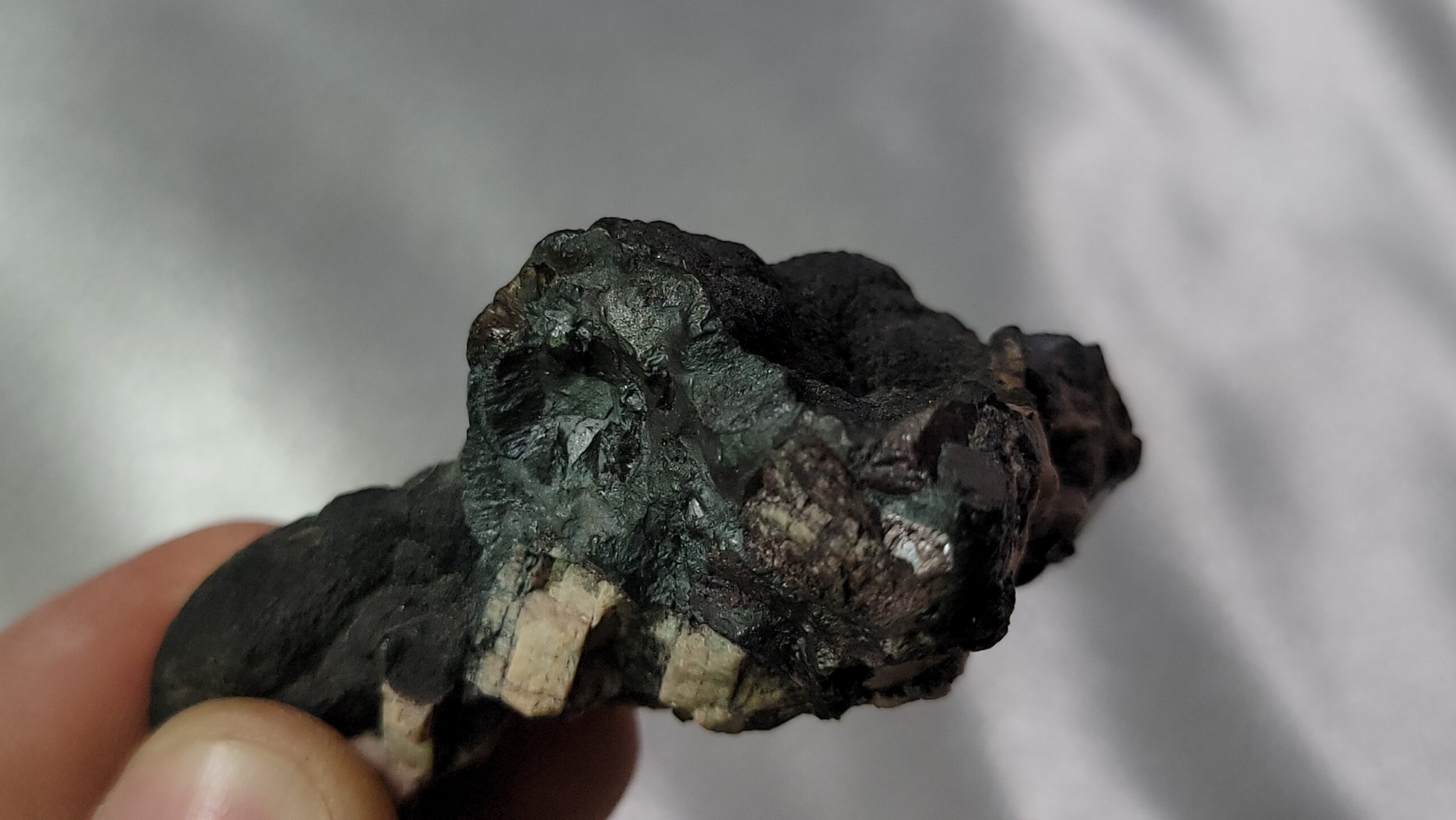
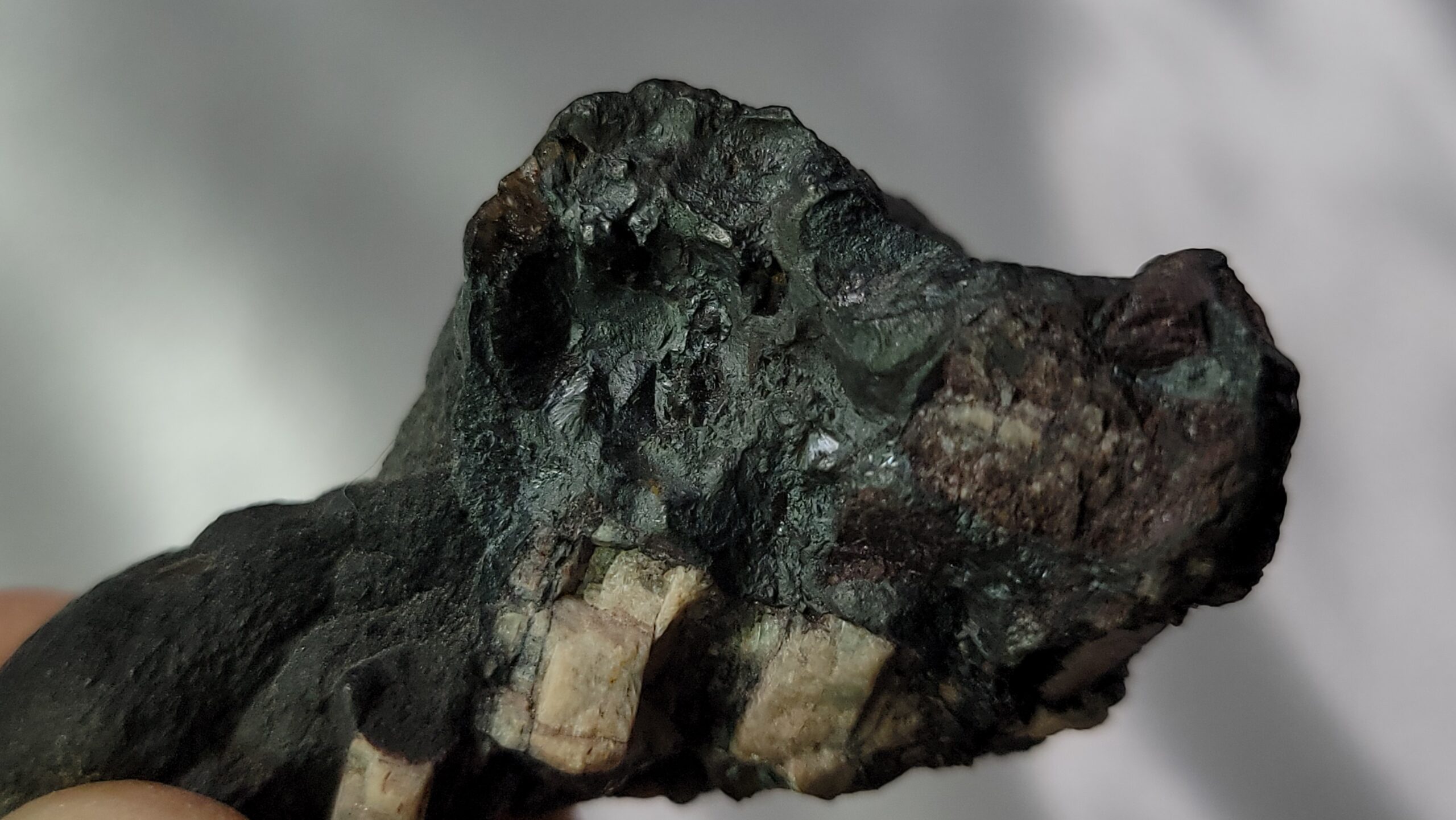
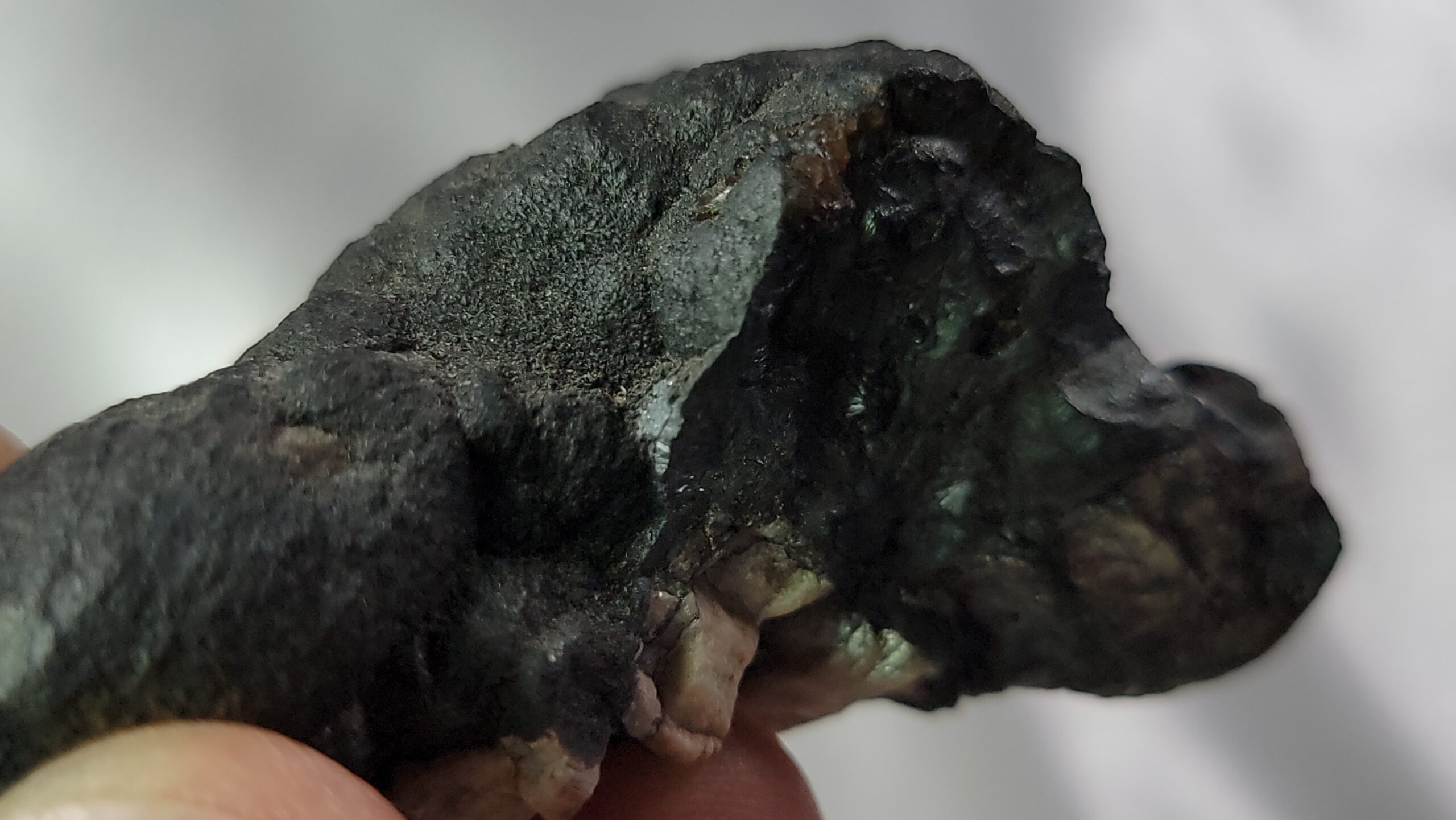
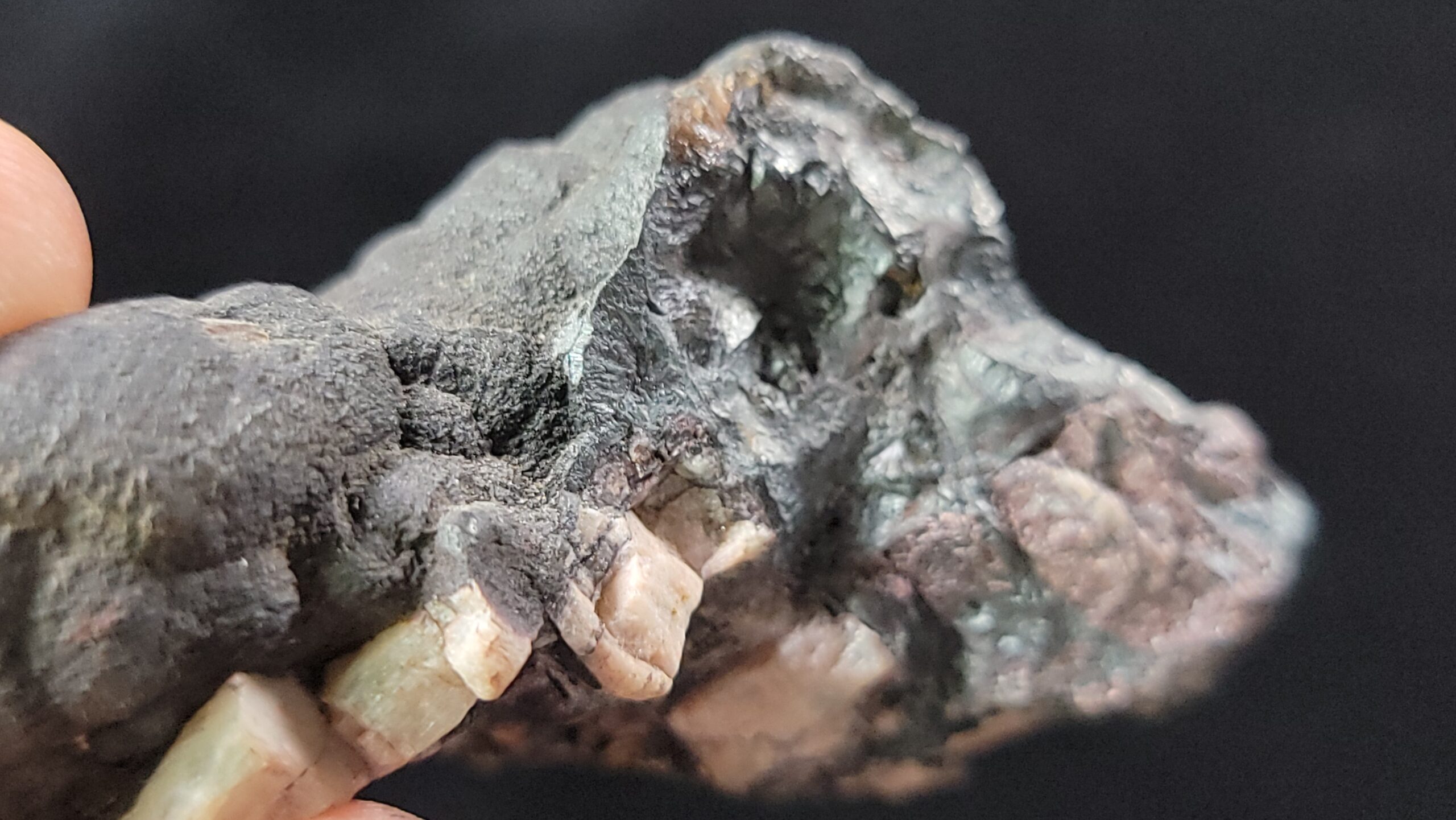
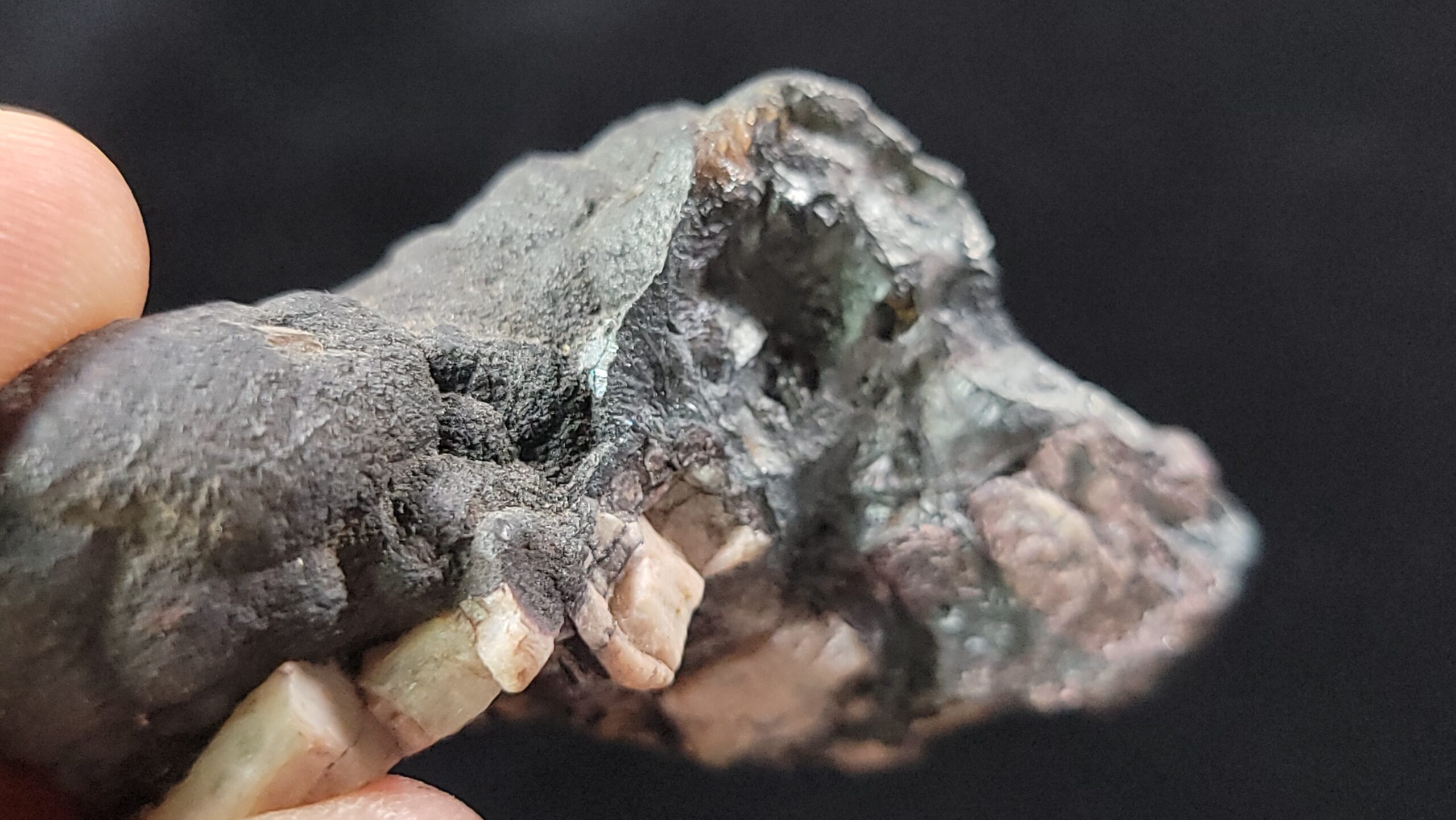

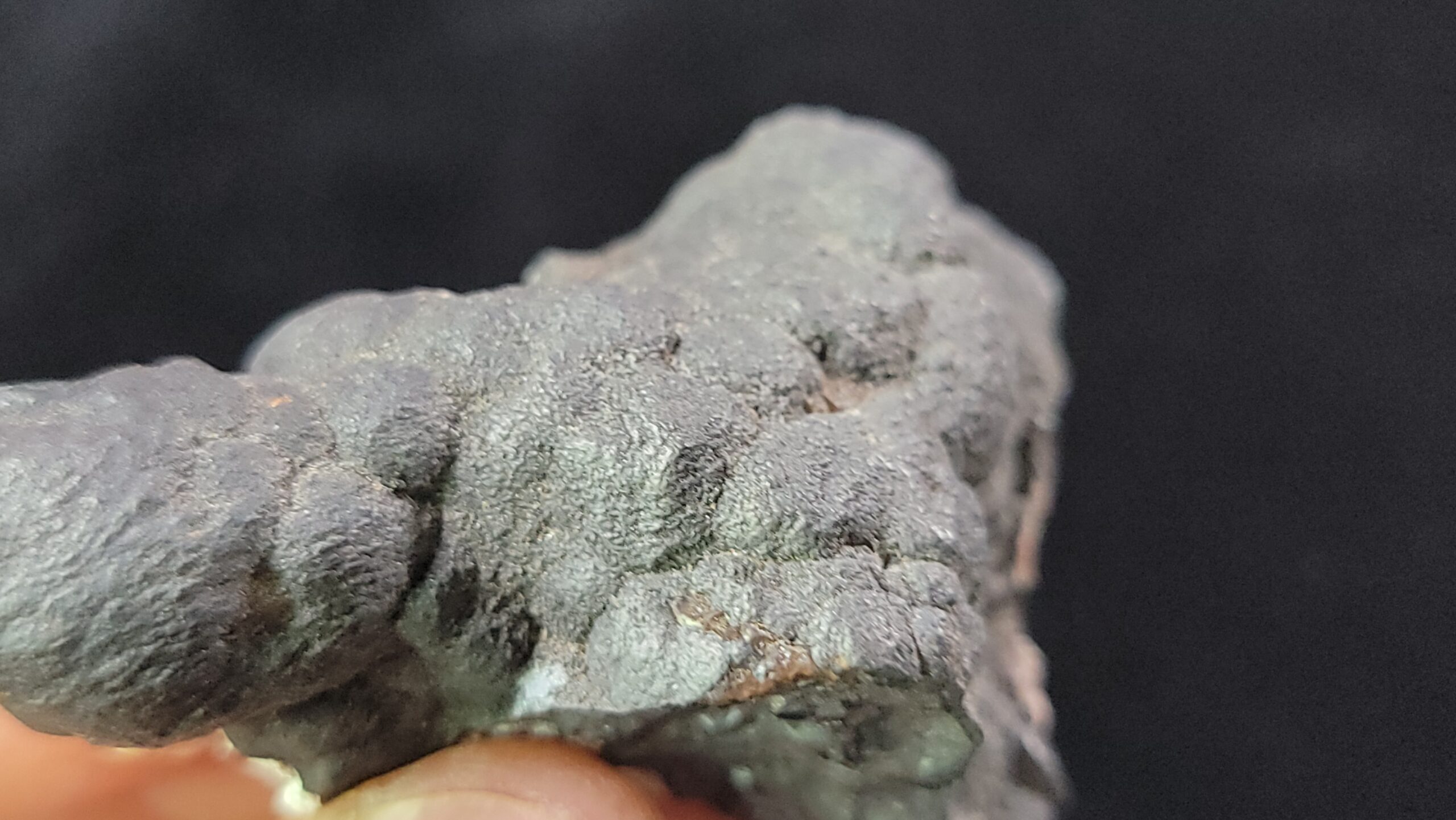
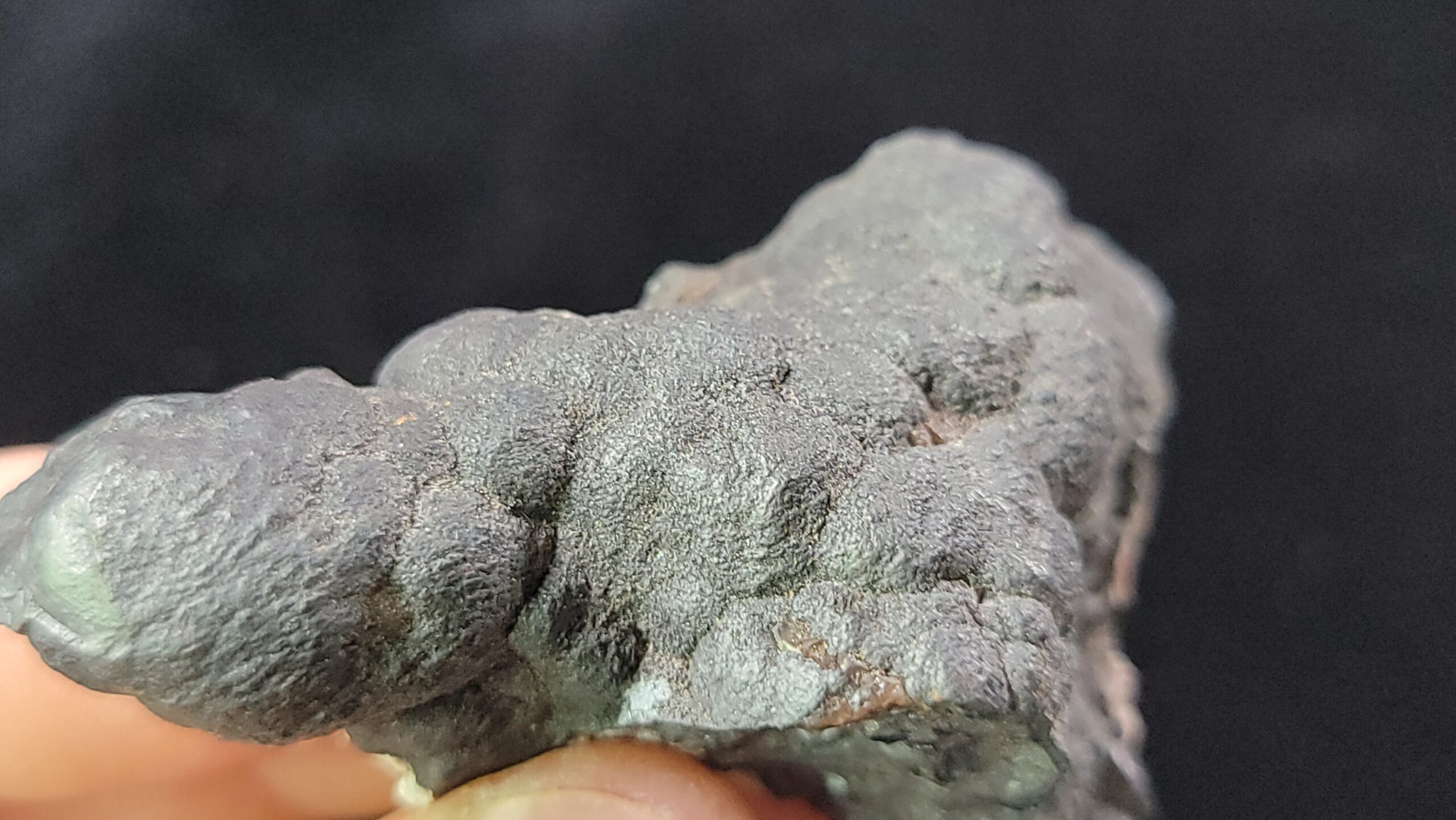

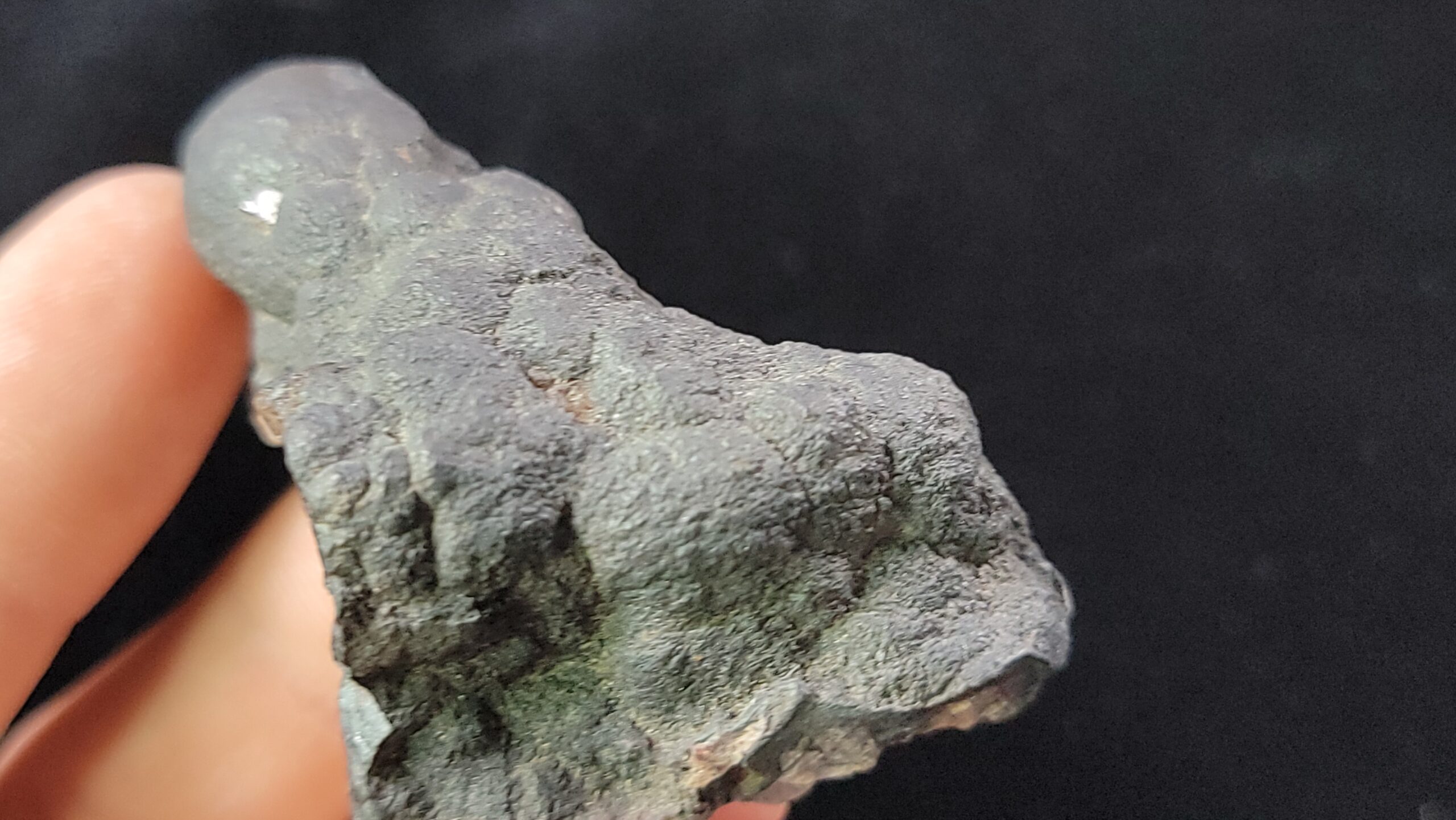
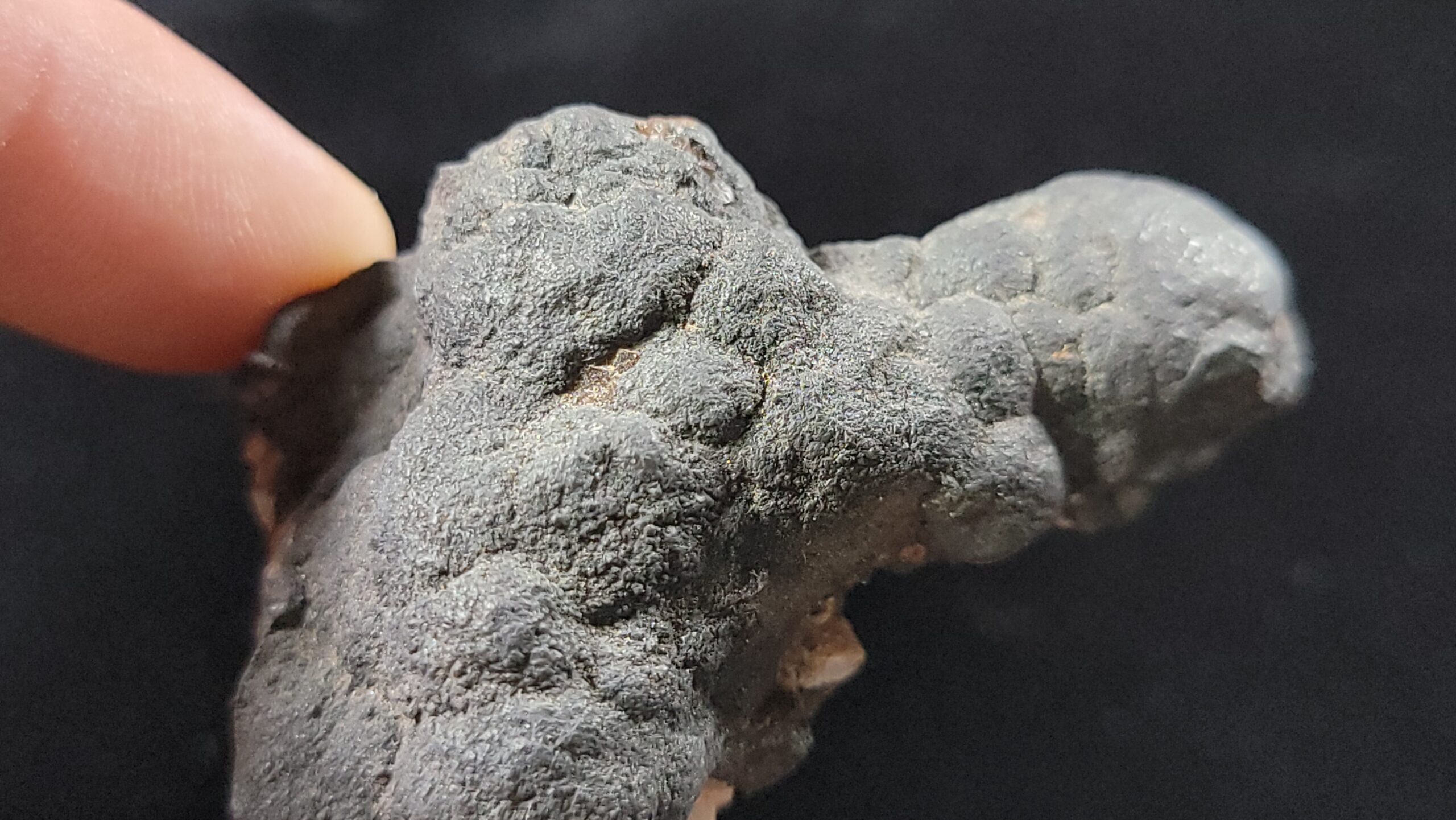
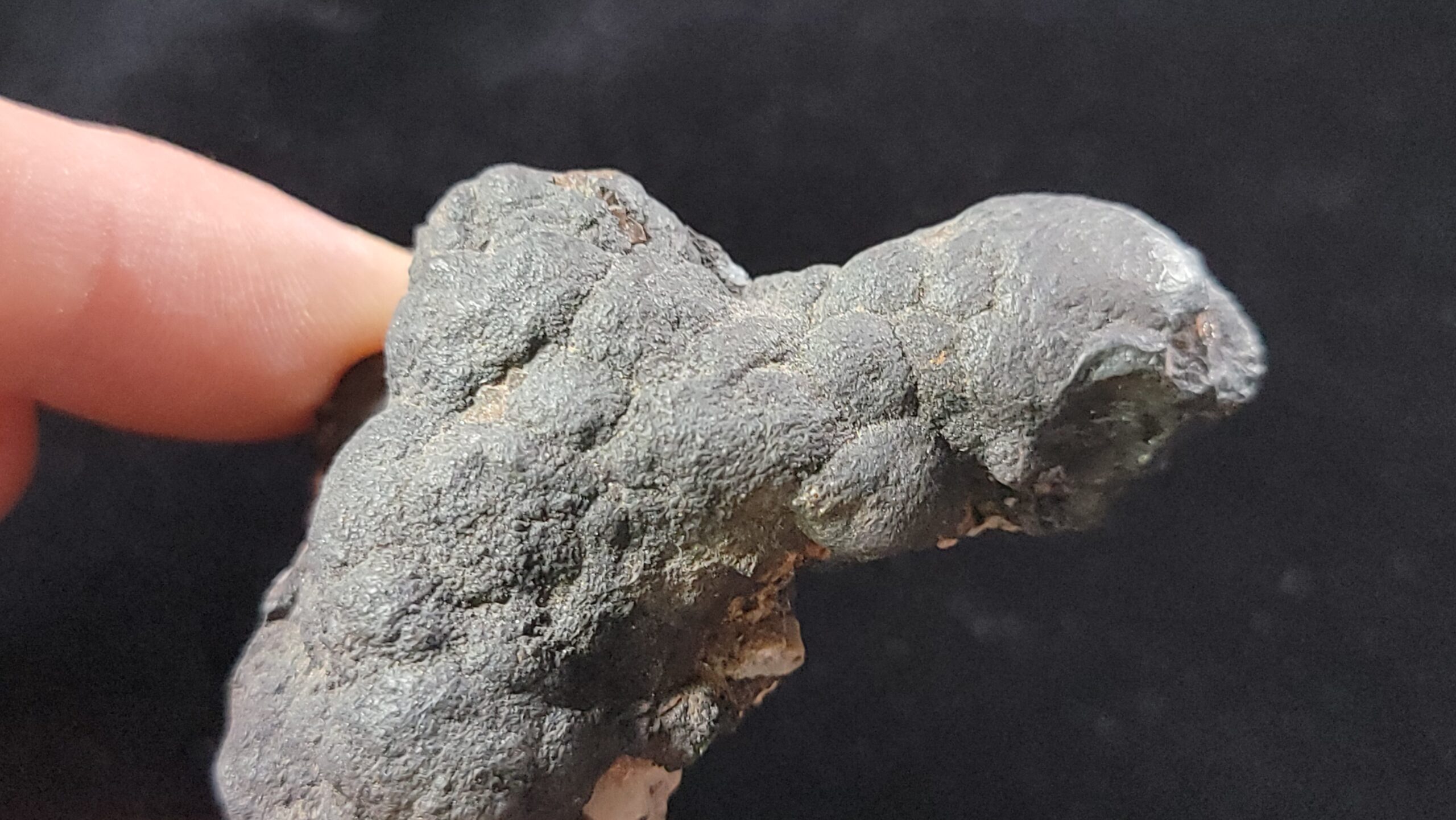




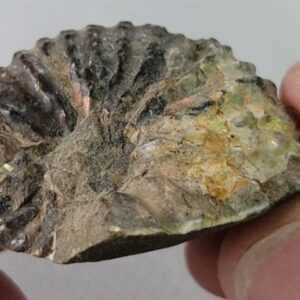
Reviews
There are no reviews yet.